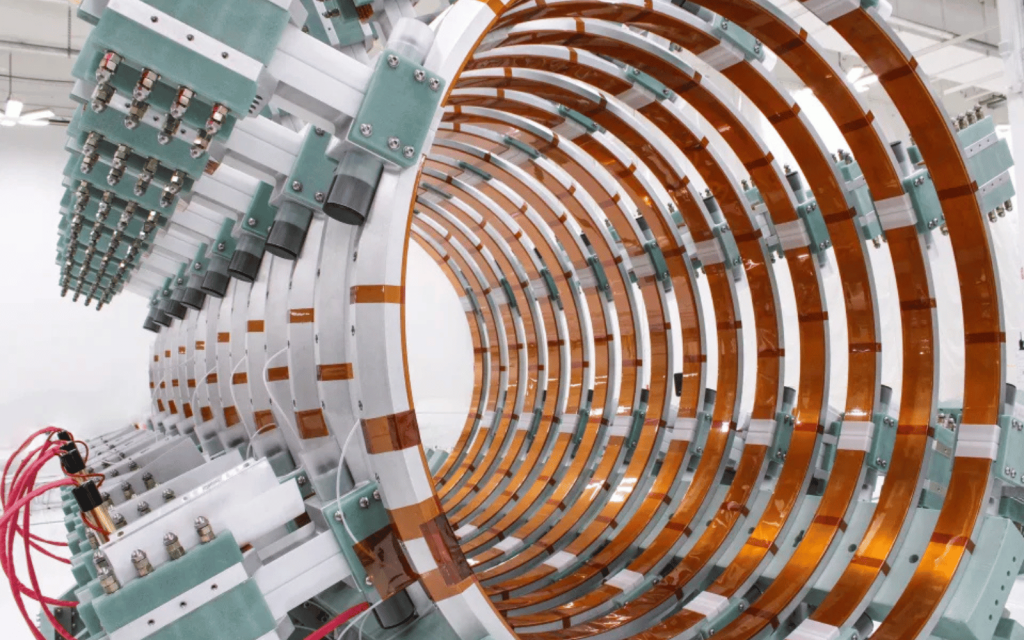Fusion reactors have long been the stuff of myth — a clean energy source with massive output and little risk to users (unless you fall into the reactor) — but Helion Energy, an American company that just secured R8 billion ($425 million) in funding, reckons it’ll have the problem sorted by 2028.
Of course, that’s exactly what you’d say if you just convinced investors to give you enough money to pay a minor fraction of Eskom’s current debt. You certainly wouldn’t say “This is our best guess,” or something like that. But since Helion Energy has a bit of a history in the sector and a new reactor in operation, let’s wait and see.
Helion prime
The private company has a deal to supply Microsoft with electricity by 2028, a target it reckons it’ll hit. Never mind that nobody has done that yet. Recently, China’s Experimental Advanced Superconducting Tokamak reactor managed to contain the plasma needed for nuclear fusion for seventeen minutes — the longest it has ever been done — but there’s still no way to turn the energy generated into usable electricity.
Helion thinks that its Polaris reactor, which took three years and a bunch of money to build, could be the one to meet Microsoft’s deadline. Artificial intelligence is notoriously power-hungry and M$ is searching for options, including nuclear energy. Putting a bet on fusion makes sense for the company.
Polaris is intended to be the first reactor to generate fusion plasma — a combination of deuterium and helium-3 held suspended by magnetic forces — and convert it into electricity. If the machine does it, it’ll be a remarkable and world-changing achievement. We hope this Polaris is more ‘North star‘ and less ‘UGM-27 submarine-launched ballistic missile‘.
TechCrunch has a detailed rundown of how Helion Energy’s Polaris reactor differs from existing models, covering everything from fuel injection to how it will be converted to usable electricity. Its creators believe a single reactor will generate about 50 megawatts of power when all is up and running but they haven’t shared performance stats for its current hardware.




